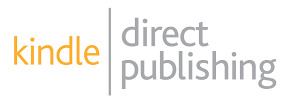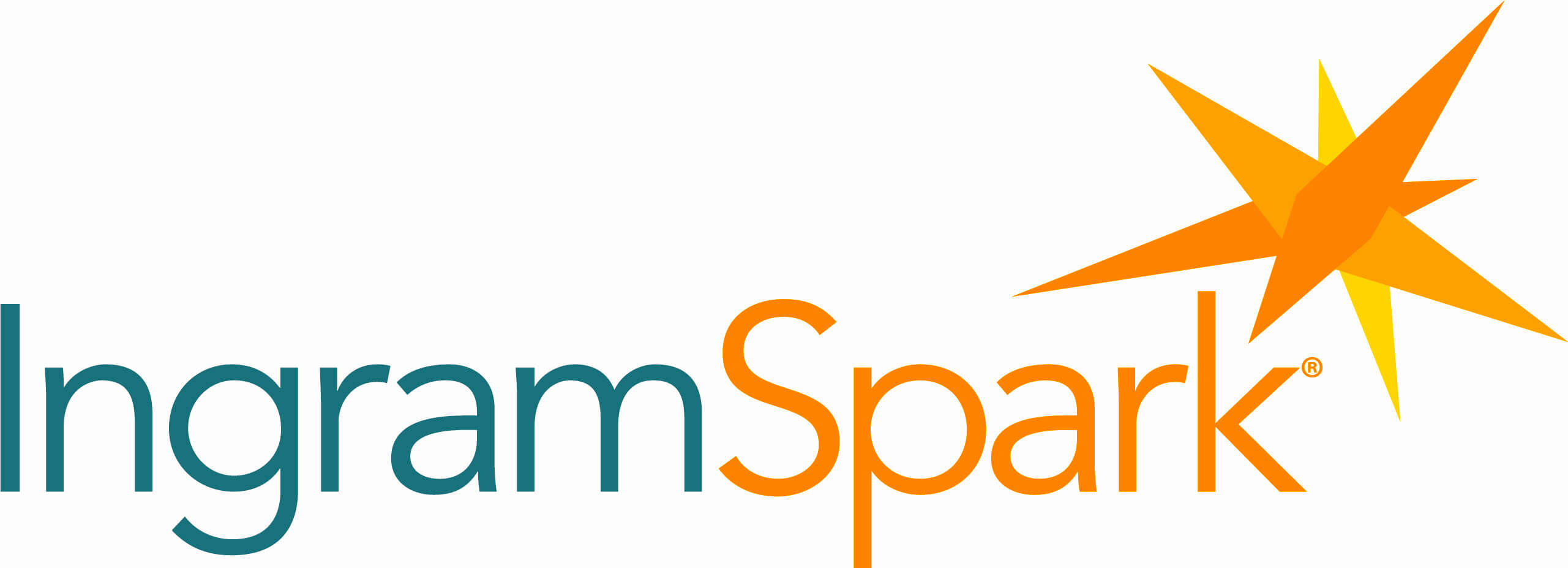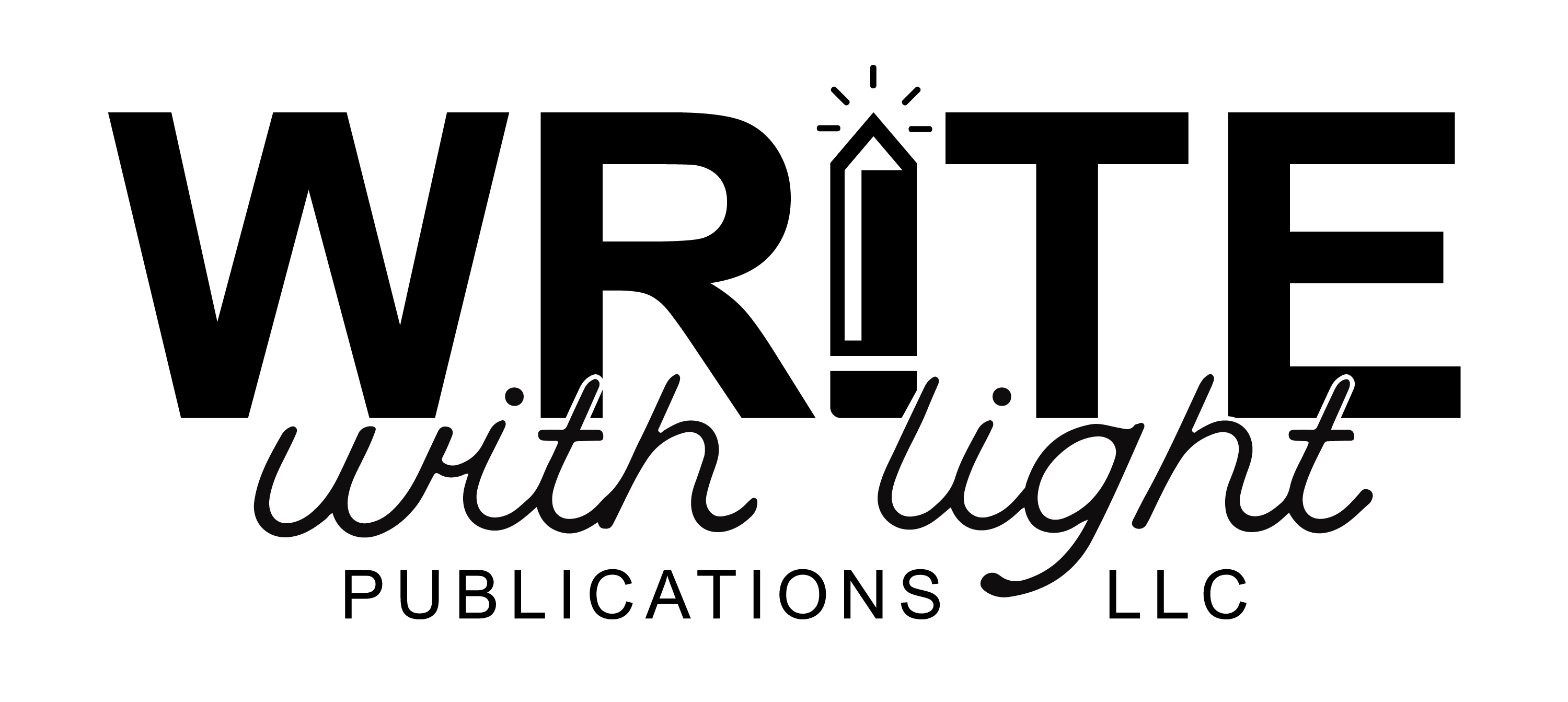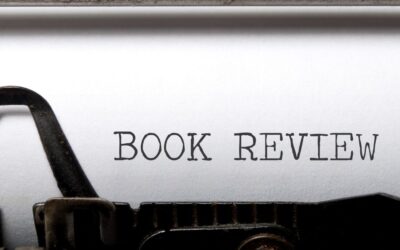So you’ve written your book, or started writing your book even. What now?
No matter what part of your writing journey you’re on, it’s good practice to consider where you might be publishing and printing your books as early as possible.
For most self-published authors, Kindle Direct Publishing (KDP) is the obvious choice for self-publishing authors and why wouldn’t it be? We’ll get to why it’s the first and more common option here in a moment.
There are many factors first-time self-publishing authors tend to miss or not consider when they are getting ready to publish, print, and distribute their book.
Through trial and error, we have taken a look at all the available book publishing platforms for those who opt to self-publish and giving you our honest opinion for which option you should choose! These are in no particular order
Let’s get started.
When Should I Start Considering A Book Publishing Platform?

Most successful and traditionally published books are available for pre-order at least six months before they launch.
Trying to get your book listed a month or two before it’s available for sale isn’t recommended. Creating awareness for your book far ahead of time gives you the advantage when increasing book sales.
Getting all your ducks in a row as early as possible is a good practice.
So, if you need to set up your title for pre-order at least six months in advance, you should start thinking about choosing a publishing platform before or at the time you start writing your novel.
1. Amazon Kindle Direct Publishing (Free)

As mentioned before, KDP is the first and most obvious choice for publishing when you’re ready to publish.
Why though?
We all want to be Amazon Best Sellers. Amazon is a superpower of a website, dominating in the self-publishing and bookselling arena, so why wouldn’t you just publish directly through KDP?
It makes the most sense.
Self-publishing on KDP has become a popular avenue for indie authors and in 2019, Publisher’s Weekly said,
Amazon’s CreateSpace division dominates the print self-publishing market, with 1.4 million self-published print titles last year, up from 929,290 in 2017.
That’s a lot of titles to compete with. It’s a little daunting.
KDP has a number of benefits for self-publishers on a budget. Below are the pros and cons.
Benefits of Publishing Through KDP:
- Prints on Demand
- Free to set up and use
- Can publish unlimited titles for free
- Easy to use
- Can create and manage a series
- Publishing on one of the best book selling-platforms
- Able to publish both eBook and Paperback versions
- Authors get 60% of royalties
- Can create Amazon Ads in KDP
- Offers Pre-Order (eBook only)
- Great print quality
Downsides of Publishing Through KDP
- Doesn’t offer a pre-order option for paperback
- Doesn’t allow hardcover print and publishing (beta version is available)
- Limited distribution to outside retailers
While there are a lot of upsides to publishing to KDP, the most crucial parts (in our opinion) are not offered, making this a limited platform for any author.
2. Barnes & Noble Press (Free)

Of the numerous platforms we’ll be touching on today, Barnes & Noble Press was impressive in print quality and setup.
We found this platform to be incredibly easy to use and the print quality was great as well. One of the things we really enjoyed about this Barnes & Noble Press was how efficient it was in setting up a new title.
Instructions were easy to follow and once you have your title set up, the turnaround time is very quick. It can be an alternative to Amazon, but really should be used in conjunction with KDP since KDP doesn’t distribute to Barnes & Noble.
A huge upside of B&N Press is the pre-order function. You can set your books up for pre-order. Additionally, if you don’t have all your content ready or at least have a cover photo, you can still make your book available for pre-order.
Our pros and cons list for Barnes & Noble Press is below:
Pros of Publishing Through B&N Press:
- Prints on Demand
- Free to set up and us
- Can publish unlimited titles for free
- Easy to use
- Can create and manage a series
- eBook, paperback, and hardcover versions available.
- Pre-order available for all book versions
- Offers 60% royalties
- Great print quality
- Free book publishing resources
- Free book cover generator
Downsides of Publishing Through B&N Press:
- Limited to Barnes & Noble distribution only
- No Barnes & Noble Ad options
Barnes & Noble is a great option overall if you are just starting out and favor Barnes & Noble as your favorite place to buy books. But it is very limited for distribution.
Fortunately, the next option may prove more promising.
3. IngramSpark (Paid)

IngramSpark is another great option for printing and publishing your book mostly because of its distribution power.
IngramSpark promises to distribute to over 40,000 book retailers, libraries, and sites like Amazon, Target, Barnes & Noble, Ebay, etc. Printing with Ingramspark alleviates some of the leg work a self-publishing author would have to do just to get their book off the ground.
It’s for this reason, Ingramspark makes the most sense. The one biggest downside is you have to pay to create titles. How much do you have to pay?
$50 per title and $25 per revision after uploading.
So, it’s a small fee, if you think about it. However, if you plan to submit a lot of titles over time, the costs will definitely add up. And each time you make a revision once you’ve uploaded and approved a title, you have to pay an additional $25.
It’s for this reason, I think others might not want to use Ingramspark to start out.
One other big downside of this book publishing platform is the setup process. To be quite honest, it’s not as easy to use as KDP or B&N Press and has a clunky user interface. Hopefully, they get a chance to improve that, but for now, that’ll do.
That being said, this platform has a lot of upsides that would be greatly beneficial to an author.
Benefits of Publishing Through IngramSpark
- Prints on Demand
- Free to set up and use
- Easy to use
- Distributes to 40,000 libraries, retailers, etc.
- Offers the ability to advance your copies to up to 7,000 retailers ($85 per title)
- Can create and manage a series
- eBook, paperback, and hardcover versions available.
- Pre-order available for all book versions
- Offers up to 70% royalties
- Great print quality
Downsides of Publishing Through IngramSpark
- Pay $50 per title to publish with $25 per title for revisions
- Flawed setup and ordering process
This option is a happy medium between the first two options and our fourth and final option of this article. But we’ll get more into that later.
4. BookBaby (Paid)

The last and final book publishing platform you should consider is BookBaby. Like Ingramspark, BookBaby has massive distribution power.
Their book distribution covers retailers like:
- Amazon
- Barnes & Noble
- Walmart
- BAM
- Bookzine
- Baker & Taylor
- And more!
BookBaby, however, requires a much larger cost. For their BookBaby Bookshop only, you’ll pay $99, but if you want to print on demand everywhere, it’ll be $399.
Printing and publishing with BookBaby is not affordable for authors working on a tight budget, so this is the biggest drawback of this book publishing platform.
Some of their self-publishing packages range from $1,090 – $2,890.
Benefits of Publishing with BookBaby
- Wide distributions to some of the best book retailers
- Easy to use
- Can create and manage a series
- eBook, paperback, and hardcover versions available.
- Pre-order available for all book versions
- Abundant author resources
- Advertising options available
- Additional book development services offered (editing, design, etc.)
Downsides of Using the Platform
- High costs to print on demand
- Once you get a quote, they call and email you constantly to see if you are still interested
If you’re an author with a lot of money to spend, this is a great option. As you can see, the upsides of printing through them are incredible!
Our Book Publishing Platform Pick

To be honest, any of the book publishing you go with will be up to you and will ultimately depend on your budget.
If you have the capacity to dish out a couple thousand dollars to print, publish, and distribute a book, then by all means go for it!
That being said, if you are looking for an easy book publishing option that’s affordable out pick would be:
Our Book Publishing Pick: IngramSpark
IngramSpark gives you everything you need while staying affordable. Although the user interface needs some improvements, Ingramspark has a decent support staff that is incredibly responsive and can help you along the way.
Write With Light Publications Empowers You on Your Self-Publishing Journey

The book publishing process for indie authors can be a tricky one, but you don’t have to do it alone. We can help you navigate any of these platforms and help get your publishing process started.
We are also skilled with marketing, editing, writing, publishing, and design. Learn more about our services here to see what we offer.
If you need a bit of support, reach out to us for a FREE consultation for your book project!!






0 Comments